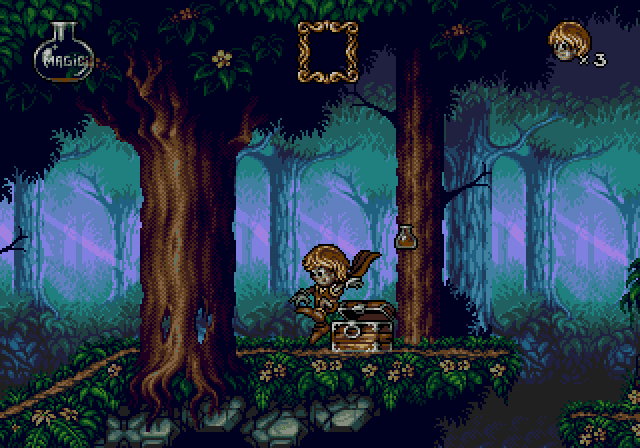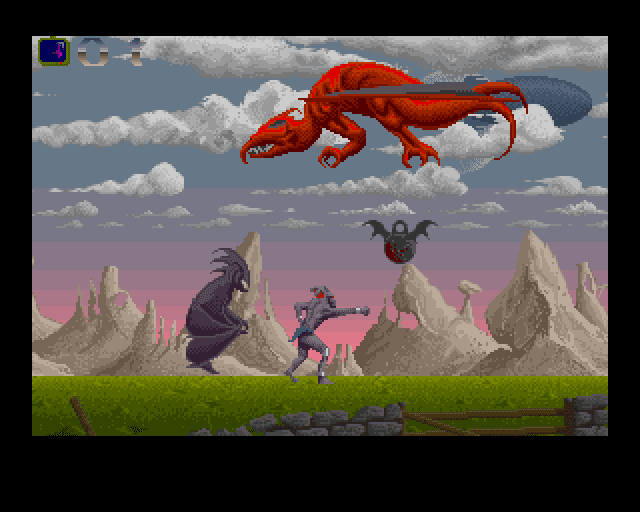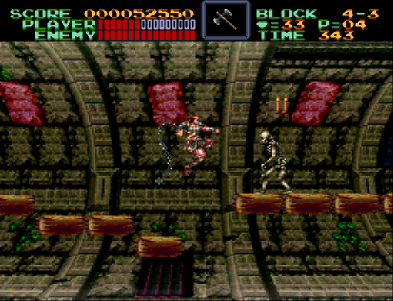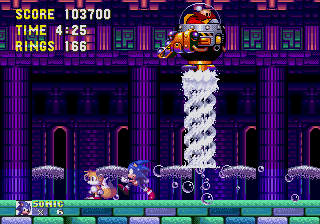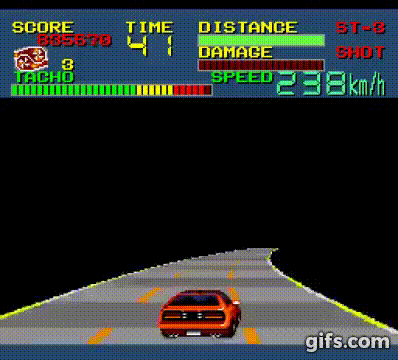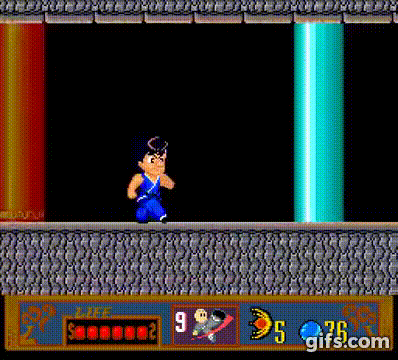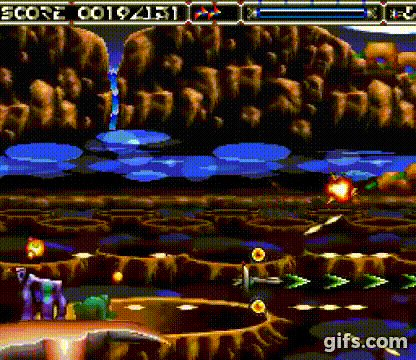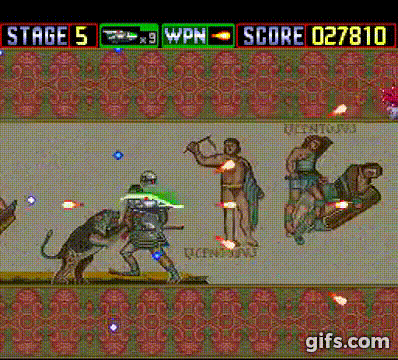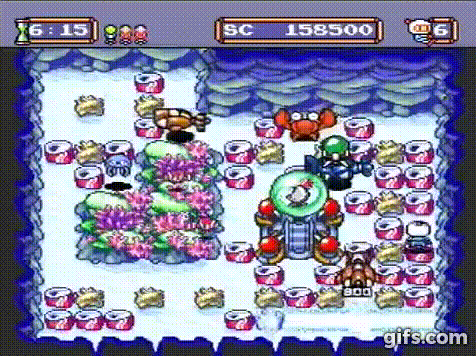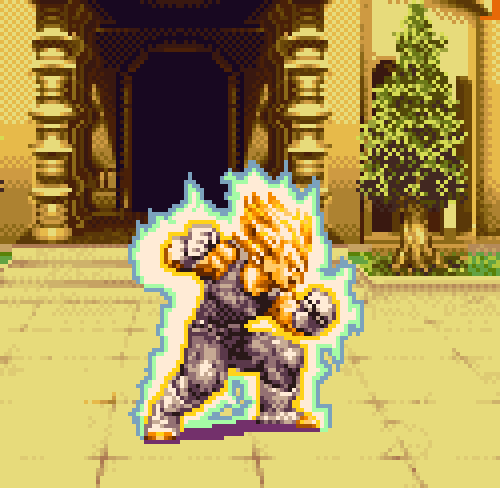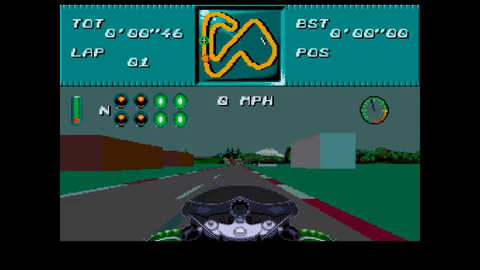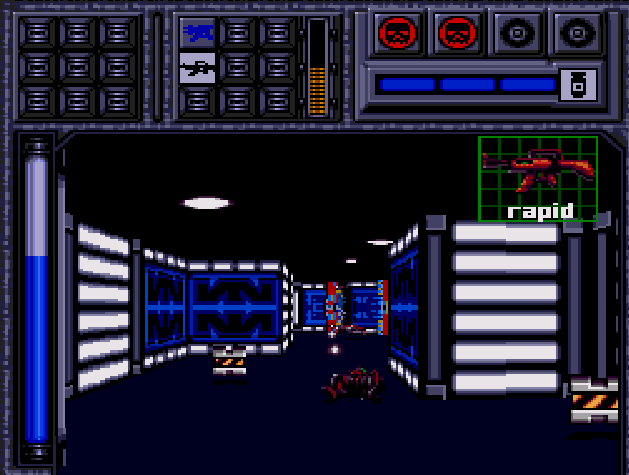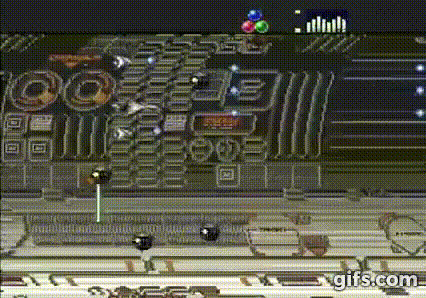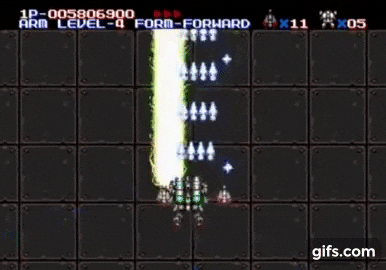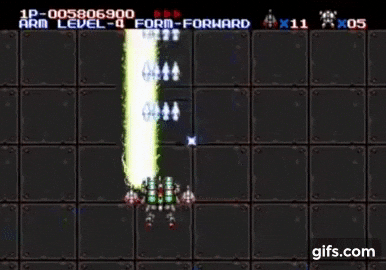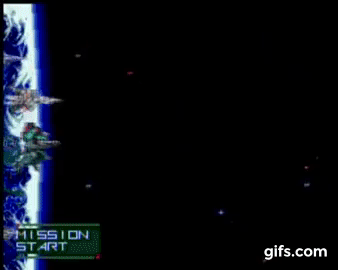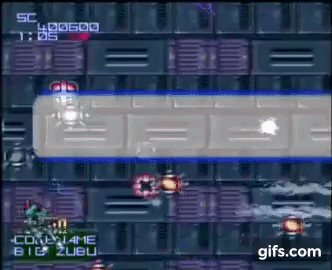dr. apocalipsis
Banned
Gotcha.
The Mega CD "VRAM" (actually not called VRAM in documentation) is a completely different beast than regular VRAM which is not surprising given Mega CD has no video output whatsoever. The aforementioned memory bank needs not to be accessed through ports and such, it's basically another bank of RAM that happens to have yet another processor connected to it, except that processor is not really programmable. You can just turn it off, ignore it and use it as regular RAM for one of 68k's. Or split it in half for both of them.
If anything this looks like the most sane part of Mega CD RAM since everything else has some oddities like BIOS variables and bank switching.
When you use MegaCD's ASIC to rotate stuff, you have to render a flat 15 colors buffer on MegaCD VRAM. This is entirely a software renderer, so you can keep adding more flat buffers for increased color count at expense of performance. Then you transfer the flattened big image result to Megadrive's VDP to reconstruct the image. That's why as powerful as MegaCD is is, you are limited to 20-30fps on those games using rotating fields like Soulstar or SonicCD bonus stage. It is pretty wasteful, but there couldn't be any direct connection from ASIC to VDP :/







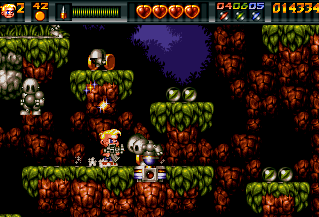
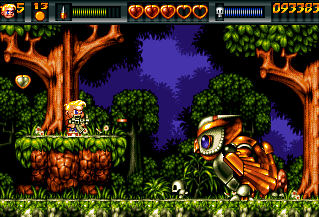
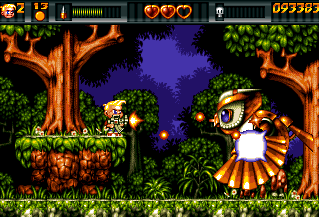
_05.gif)
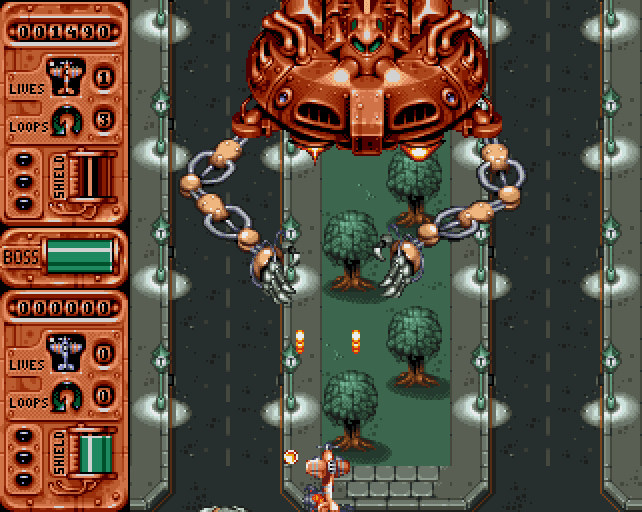
_06.gif)
_03.gif)
_05.png)


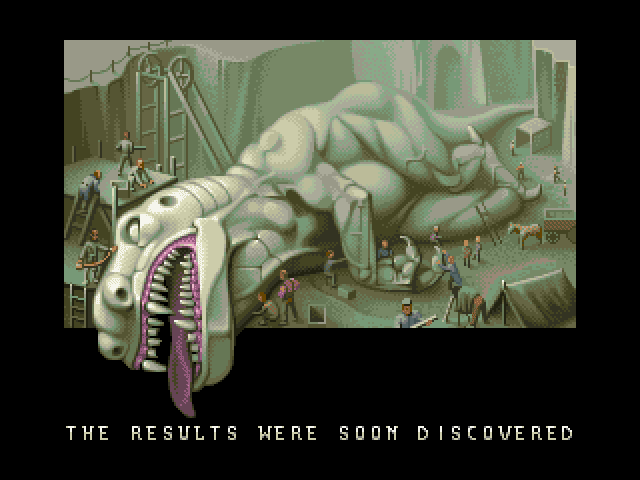
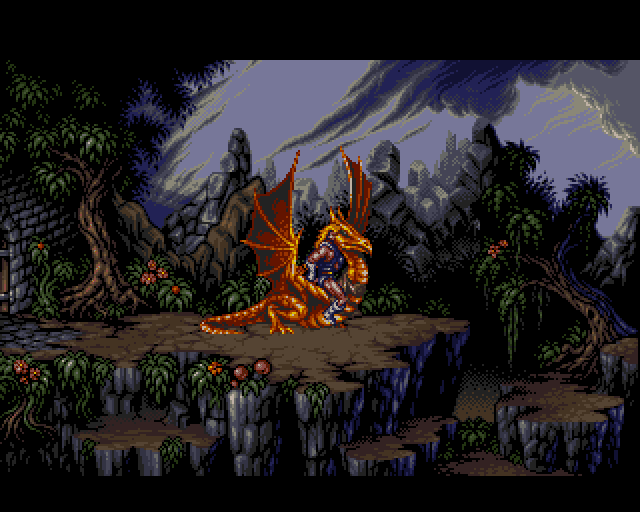
_08.gif)
